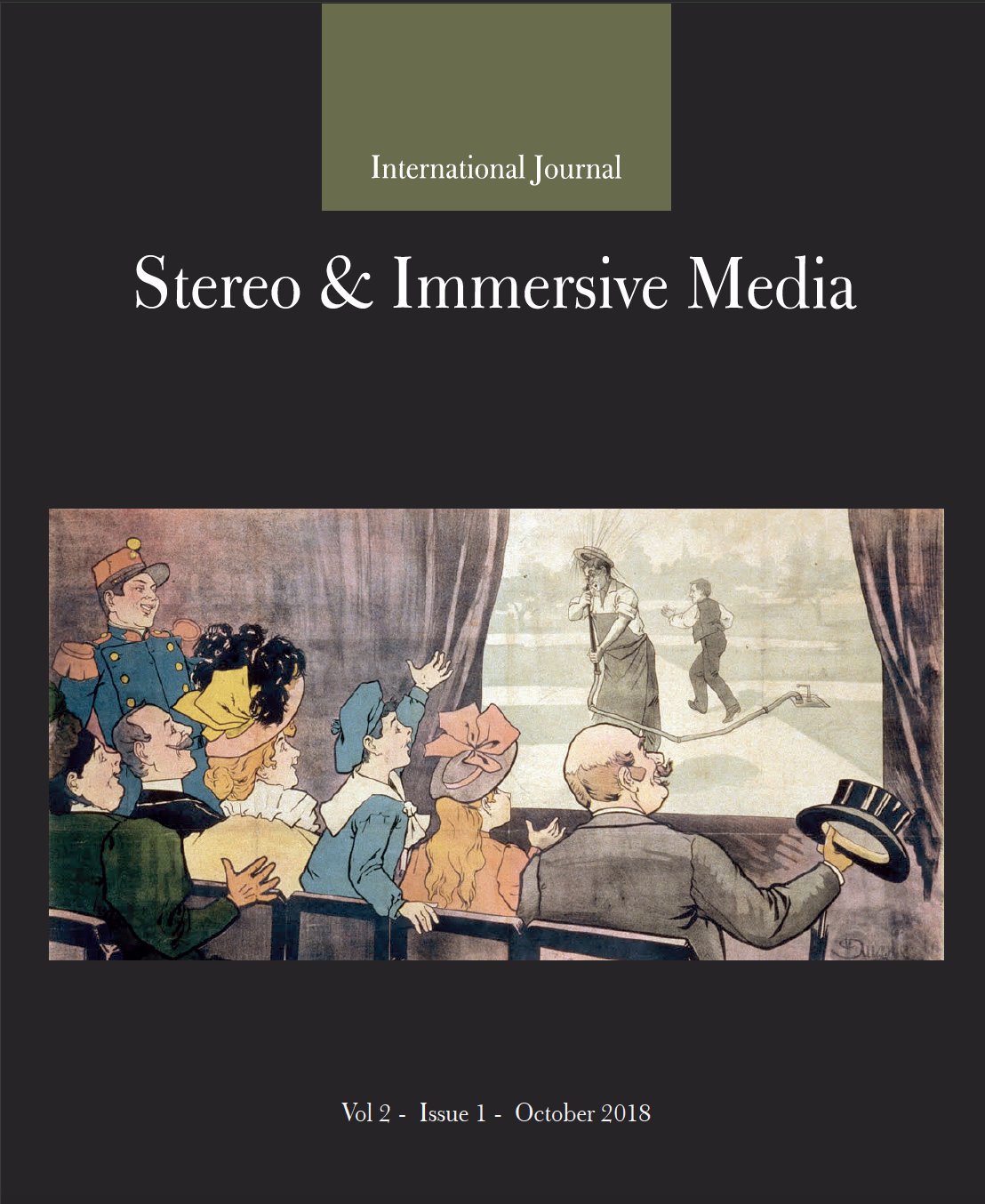The Invention of the Myth of Total Photography
Abstract
In the mid-twentieth-century, it was widely believed that innovations in photographing movement, colour, and depth would one day afford complete mastery of the simulation of visual perception. This collective representation of purpose and of progress in photography was eloquently expressed as the “myth of total cinema” by André Bazin (1946), who argued that the longing for “integral realism” had always marked mechanical reproduction, inspiring inventors since the nineteenth century. This assumption remains common today.
The present article historicises the integral-image utopia, mapping the expression of its intellectual mechanisms in the first accounts of photography then in photography’s emerging historiography. This research reveals the absence of a shared project around “complete” perceptual realism for most of the nineteenth century. The idea of progress toward a total image reproducing vision emerged and came to prevail in the popular imagination at a very particular moment – in 1896, following the invention of cinema – transforming how people thought about the future of photography and told the story of its past.




